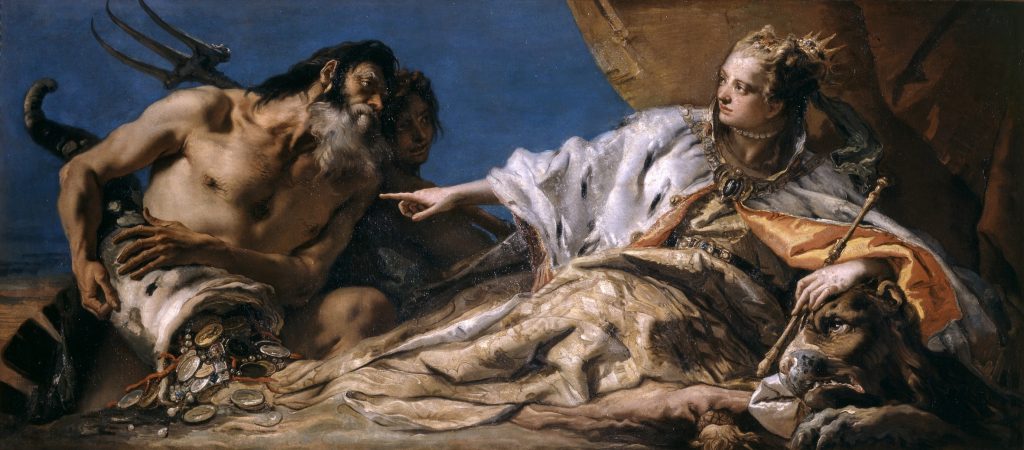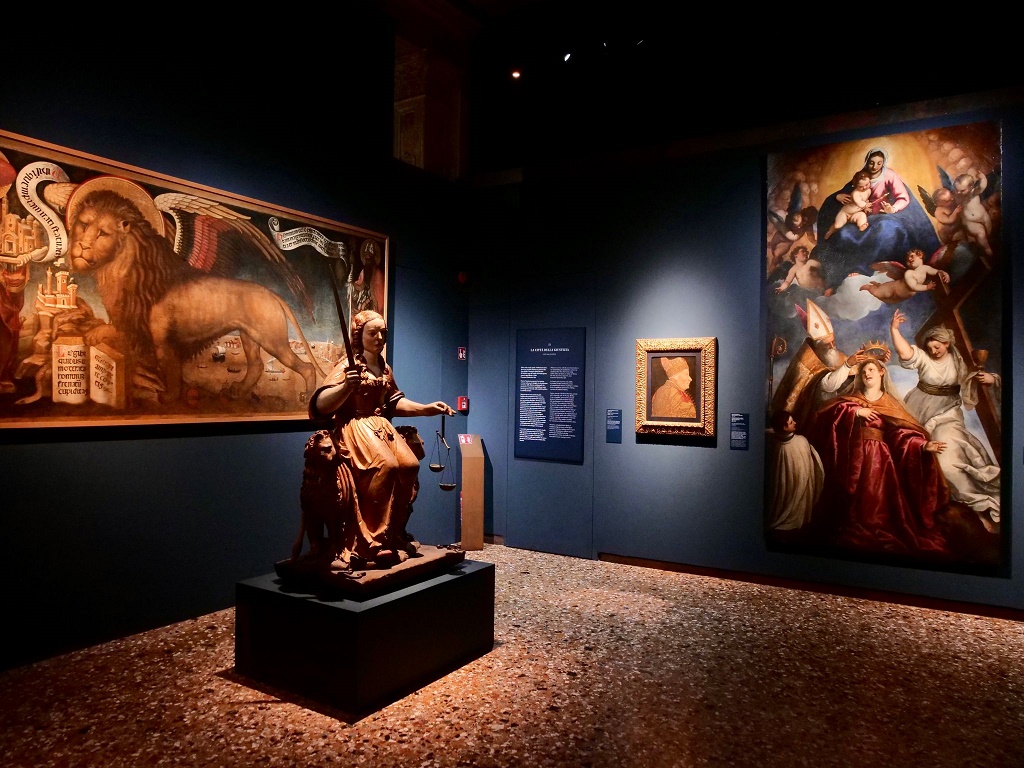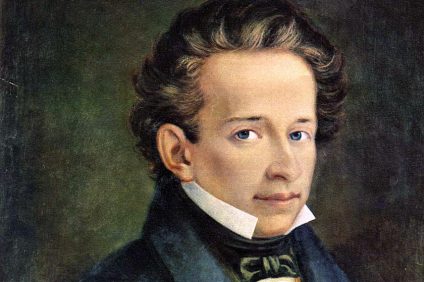Venetia 1600: Births and rebirths. An exhibition born before the pandemic and which seems designed specifically for the historical period we are experiencing. Because nothing more current than the pandemic of our days suggests today a moment of rebirth. And instead in Venice this new exhibition housed in the splendid spaces of the Doge's apartments, in the Doge's Palace, was initially intended to commemorate the 1600 years since the founding of the city. Then the Coronavirus gave us its own, and today the lagoon city is facing yet another rebirth. One of many. In fact, the exhibition tells Venice from a very particular point of view, focusing on its resilience capacity which over the centuries has seen it repeatedly the protagonist of so many births and rebirths. Formerly reborn from external enemies and internal difficulties such as fires, floods, the plague. It is worth remembering that Venice was a forerunner in the containment measures of the disease, starting with the realization of the first Leper hospital, a place of isolation, on one of the islands of the lagoon.
An all-Venetian exhibition: 241 of the works on display belong to the artistic heritage of the city
This original journey into the history of the lagoon city highlights the salient stages of its past and those of its present. Each of the twelve rooms that host the exhibition speak of how much beauty has always been reborn after a period of crisis, a story that has drawn largely on the Venetian artistic heritage. In fact, 241, plus a few other loans, are the works on display that come from the Civic Museums Foundation, confirming the inestimable artistic wealth that this city has matured in its history.

Carpaccio, Bellini, Tiziano, Veronese, Tiepolo, Rosalba Carriera, Guardi and Canaletto, up to Canova, Hayez, Appiani, and then Pollock, Vedova, Tancredi, Santomaso: are the names of the artists on display, as well as those of many architects, men of art, writers and musicians who have witnessed and accompanied the historical journey of Venice. In addition, documents and precious objects that testify the extraordinary history of the city.
The story starts from that legendary 421 to which the foundation of the city is traced back
The exhibition tells the story of the city in what was once the symbol of the power and glory of the Serenissima, Palazzo Ducale. Starting from that legendary 421 to which its foundation is traced back with the laying of the first stone of the Church of San Giacometo, in Rialto, on the day of the Annunciation. Precious objects of Byzantine manufacture that come directly from the treasure of the nearby Basilica of San Marco, and symbolic images of the city that speak of its myth and its divine origins tell the story of the first period of Venice.

Here is the complete Virgin of the Assumption attending the Coronation of Venice (1627), the work of Jacopo Palma the Younger. It had been commissioned directly by the Senate of the Republic. And that winged lion in the grand canvas over three meters long, Lion of San Marco andante "da tera e da mar", which Vittore Carpaccio painted in 1516, dialogues with the portraits of the doges Giovanni Mocenigo by Gentile Bellini and Francesco Foscari by Lazzaro Bastiani.
Between falls and continuous rebirths. The fires, the plague, the end of the Serenissima
The falls and rebirths in the sixteenth century, when Venice became queen of the seas and commercial crossroads of Europe and the eastern Mediterranean. Fires the Fondaco dei Tedeschi (1505), the Rialto Market (1514) and the collapse of the bridge over the Grand Canal (1524). In 1577 the western wing of the Doge's Palace also burned down. It was rearranged in the name of "as it was and where it was", as it was after the collapse of the bell tower of San Marco (1902) and after the fires of the Teatro La Fenice (1836, 1996).
And then the plague, in particular in 1576 and 1530. Even on those occasions the city's self-defense and rebirth capacity prevailed. 1797 is the year of the end, yet the Gran Teatro La Fenice had been inaugurated only five years earlier. And until the very end, the ladies of the time dressed in sumptuous dresses and precious garments of Chinese manufacture. On display in the Doge's Palace you can see all this, thanks to extraordinary artistic works and precious testimonies from different eras.

In just sixteen years after its fall, the city changed hands four times, in a continuous alternation between the French and the Austrians. Yet the sculptor Antonio Canova managed to bring back to Venice the horses of the basilica of San Marco stolen from Napoleon. In 1856 the railway bridge will arrive which for the first time will permanently connect Venice to the mainland. The new artistic history of Venice has a fixed point in the 1948 Biennale, the year in which Peggy Guggenheim also arrives in the lagoon. And then the more recent period, the great debates on conservation or innovation. The models of Le Corbusier's Civil Hospital and Frank Lloyd Wright's Memorial Masieri recall them in the exhibition.
It is also reborn from the Acqua Granda, the floods of 1966 and 2019
Finally, the raw images of the Acqua Granda of 1966 and that of 2019. And the video installation with the emblematic and meaningful title, The raft. Venice and the future instead it is the title of the last section of the exhibition. Looking forward once again, and that summarizes the true meaning of Venetia 1600. Births and rebirths. The exhibition, open until March 25th, it is curated by Robert Echols, Frederick Ilchman, Gabriele Matino, Andrea Bellieni, with staging by Pier Luigi Pizzi and scientific direction by Gabriella Belli.
(featured photo: Vittore Carpaccio, Lion of San Marco andante "da tera e da mar", 1516)





